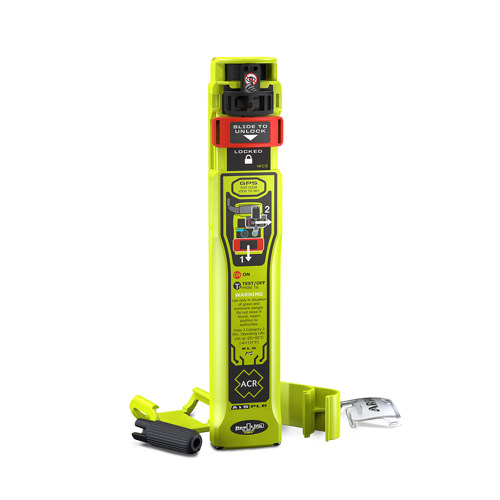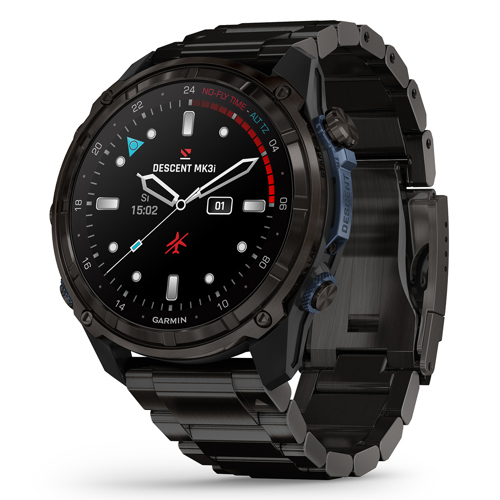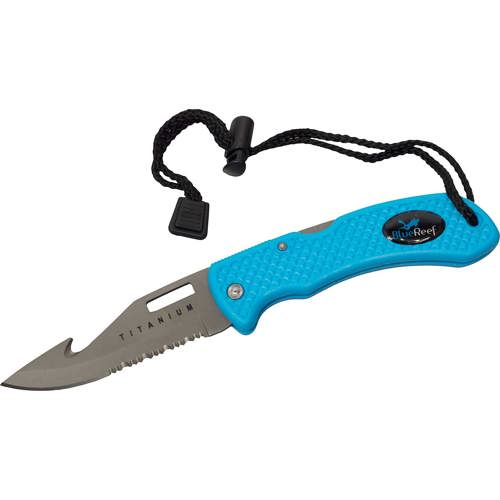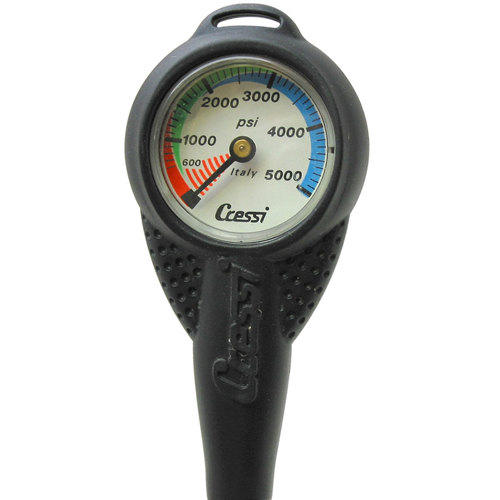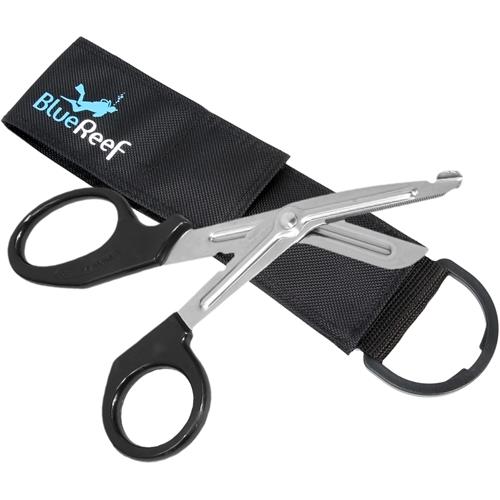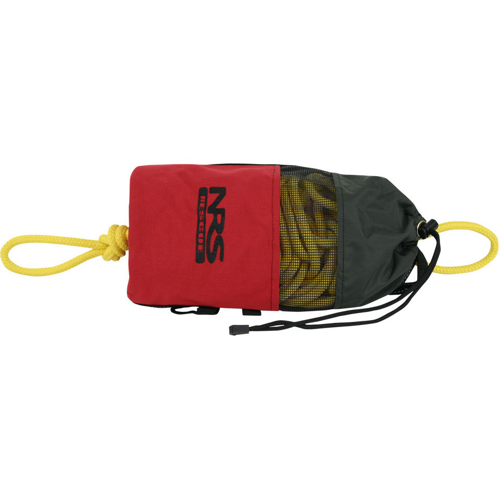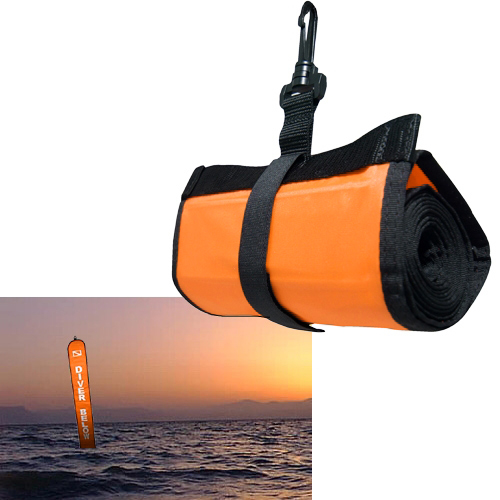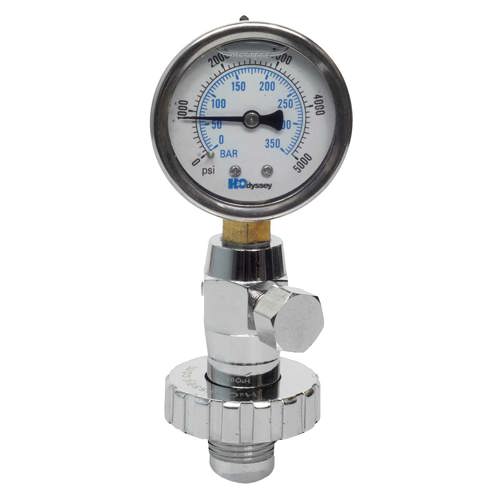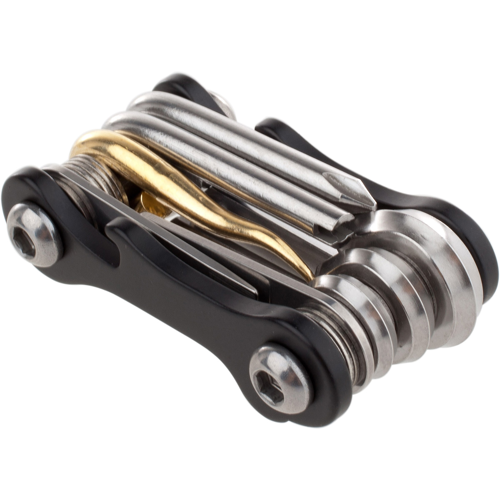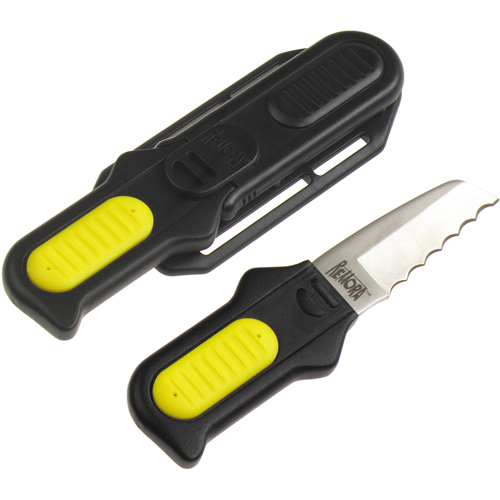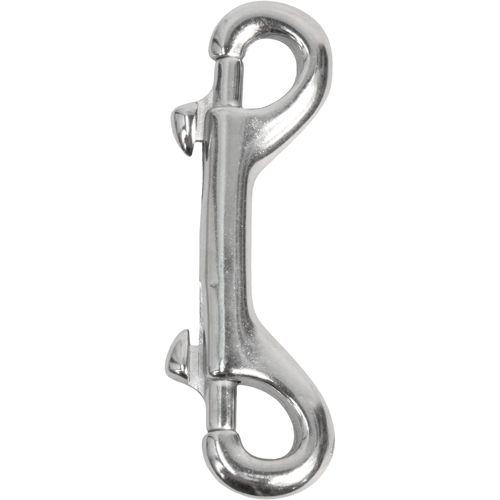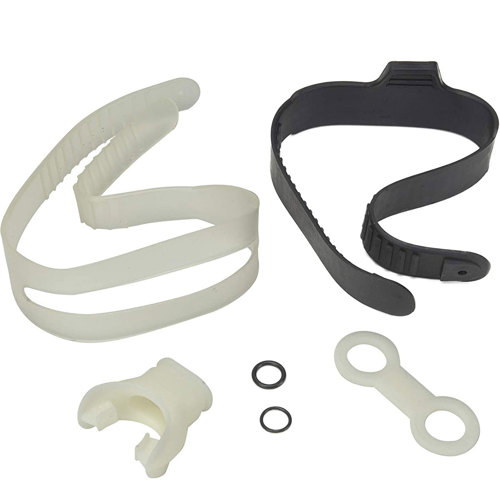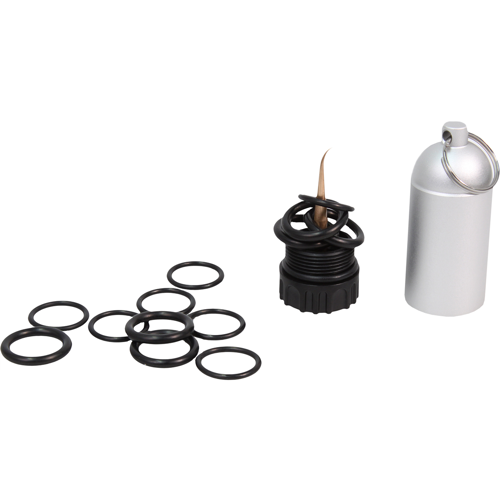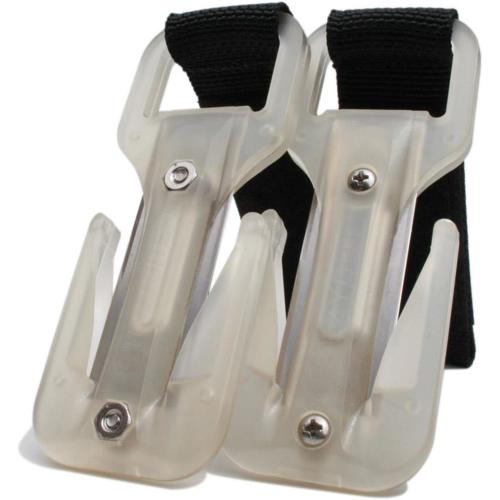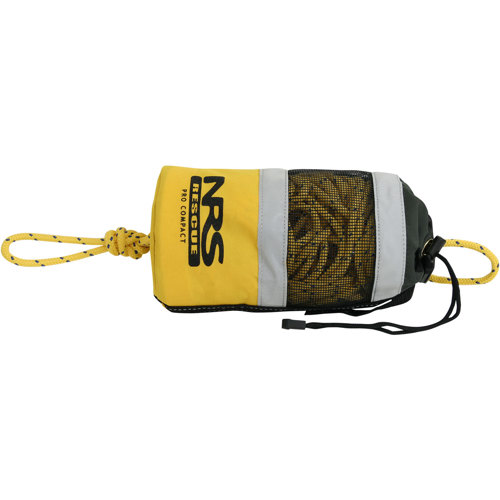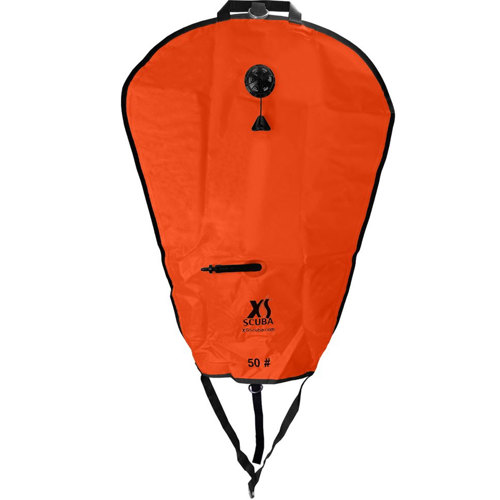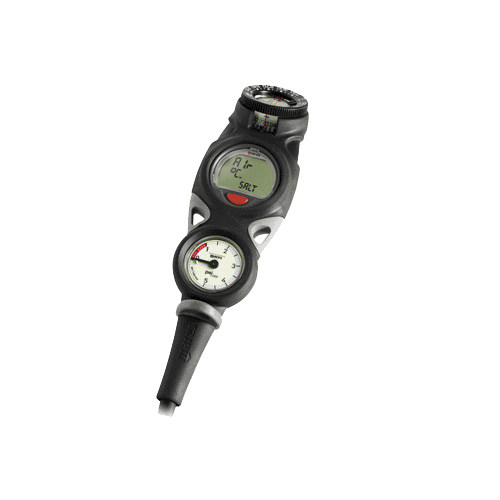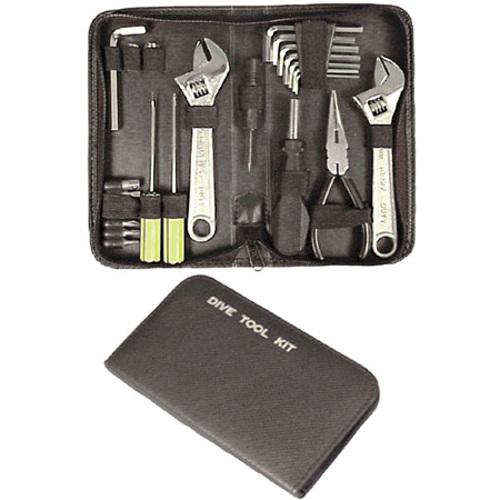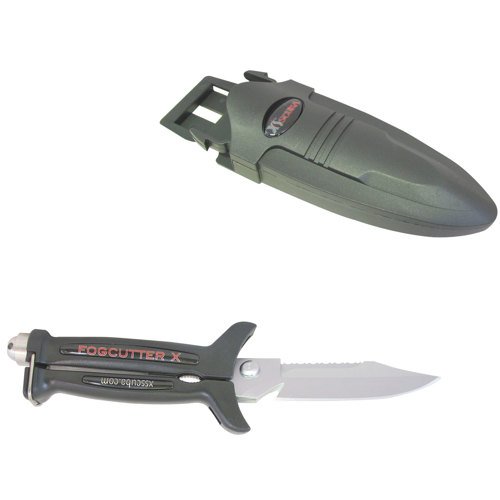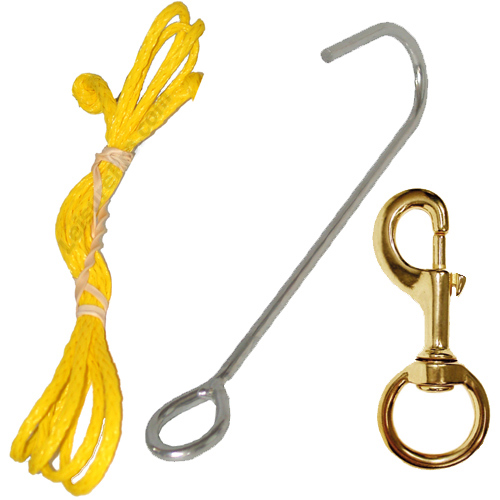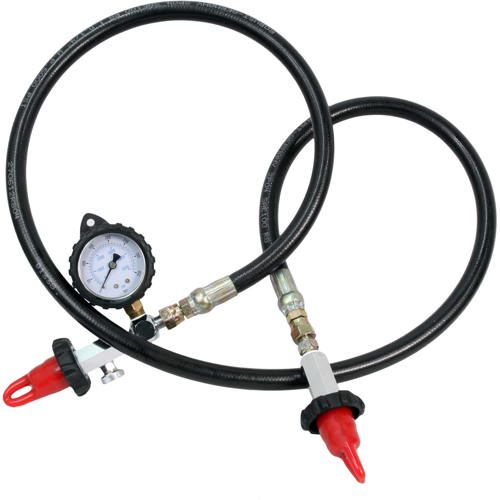When it comes to selecting rescue diver tools, attention to detail and a deep understanding of real-world scenarios are essential. These tools are more than just accessories—they are lifelines, often playing a pivotal role in ensuring diver safety during emergencies. Whether you’re a seasoned rescue diver, an instructor, or an avid recreational diver who values preparedness, the right equipment can make all the difference when seconds matter. The spring and early summer months, as dive conditions become more favorable and more people flock to the water, are an ideal time to review and refresh your kit. Many divers take this seasonal opportunity to upgrade their gear, ensuring that everything is in optimal condition before peak diving activity begins. Rescue diver tools are also thoughtful and practical gifts for divers who are advancing their training or for those who regularly dive in challenging environments, such as strong currents, low visibility, or colder waters. The peace of mind that comes with knowing you’re equipped for the unexpected is invaluable, both for the diver and for their loved ones.
Selecting the right rescue diver tools involves considering the specific environments and situations in which they might be used. Tools like line cutters, trauma shears, surface signaling devices, and reels are not just for professional rescue divers—they are equally important for dive leaders, instructors guiding groups, and even experienced recreational divers who venture into wrecks, caves, or remote sites. A compact, corrosion-resistant cutting tool can be the difference between a minor entanglement and a life-threatening emergency, especially in areas with abundant fishing lines or kelp. Audible and visual signaling devices, such as whistles, mirrors, and surface marker buoys, are essential for attracting attention at the surface—crucial when surfacing far from the dive boat or during low-visibility conditions. Underwater slates and communication devices help divers relay important information quickly and clearly, reducing confusion during high-stress moments. Every diver develops personal preferences based on experience, but the underlying principle remains the same: reliability is paramount. Many divers recall moments when a simple tool—readily accessible and easy to deploy—made a challenging situation manageable. These tools are often stowed in BCD pockets, attached to D-rings, or clipped to harnesses, always within arm’s reach.
For those building out their own kit or helping a friend prepare for advanced training, it’s worth exploring the broader spectrum of dive rescue gear and understanding how each piece fits into a comprehensive safety strategy. Investing in rugged, well-designed rescue tools is not only about personal safety; it’s about being prepared to assist others in the water, whether it’s a buddy, a student, or a fellow diver in distress. As you browse this collection, consider how each item complements your existing setup and the types of diving you most often enjoy. If you’re interested in learning more about the full range of specialized equipment available, our dedicated
Dive Rescue Gear page offers a deeper look at essential tools and accessories for every level of diver. Equipping yourself with the right gear is a mark of a responsible, confident diver—ready to face the unexpected and help ensure that every dive is as safe as it is memorable.

